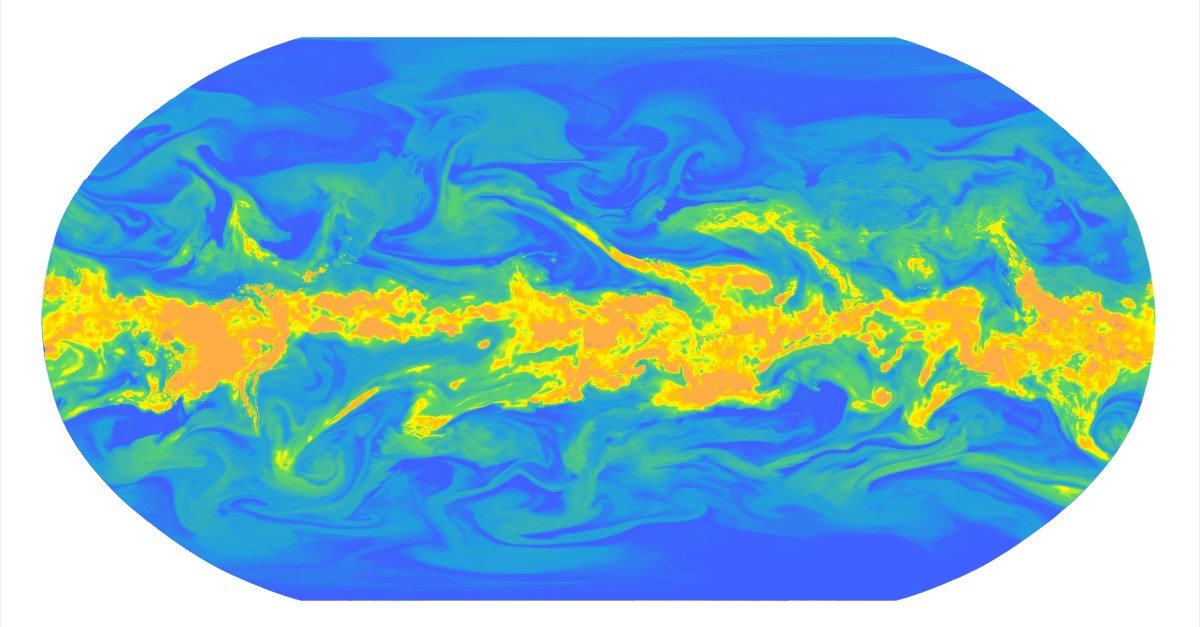The company’s AI-enhanced forecasts have proven to be quite accurate so far. AI weather models are able to make predictions faster and more efficiently than traditional physics-based models. So far, Google’s work in this area has been mostly experimental. Now, it’s making those predictions a selling point for Google products and services.
“We’re taking it out of the lab and actually getting it into the hands of users”
“We’re taking it out of the lab and actually putting it into the hands of users in more ways than before and removing the experimental type designation because we believe our predictions are actually quite effective and quite useful,” Peter Battaglia, senior director of research and sustainability at Google DeepMind, said in a briefing with reporters.
The new AI model, WeatherNext 2, can generate forecasts eight times faster than Google’s previous model, and is also more accurate at predicting 99.9 percent of variables such as temperature or wind. WeatherNext 2 can produce hundreds of possible outcomes from a particular starting point. While it takes less than a minute using one of Google’s TPU chips to make the prediction, the company says it would typically take several hours to accomplish using physics-based models on a supercomputer.
Those traditional models are computationally intensive because they are essentially attempting to recreate the complex physics of the atmosphere to generate predictions. In contrast, AI models try to understand patterns from historical weather data to predict future outcomes.
Google was able to streamline its process in WeatherNext 2 by using a strategy it calls Functional Generative Networks (FGN). Older AI weather models still require repeated processing to generate a forecast. FGN is more efficient because it incorporates noise – or targeted randomness – into the model every time input is provided so that WeatherNext 2 can generate many different possible outcomes in a single step.
Progress allows WeatherNext 2 to forecast up to 15 days in advance and generate hourly forecasts. Google’s banking on that it is attracting enterprise customers as well as individual consumers.
“We found that customers in energy, agriculture, transportation, logistics and many other industries are very interested in these one-hour steps. It helps them make more accurate decisions around things that impact their business,” Aqib Uddin, product manager at Google Research, said on the call.
In addition to adding WeatherNext 2 to Maps, Search, Gemini, and Pixel Weather, Google is also offering an Early Access program for customers interested in custom modeling. Forecast data is also available in Google Earth Engine for geospatial analysis and BigQuery for large-scale data analysis.
